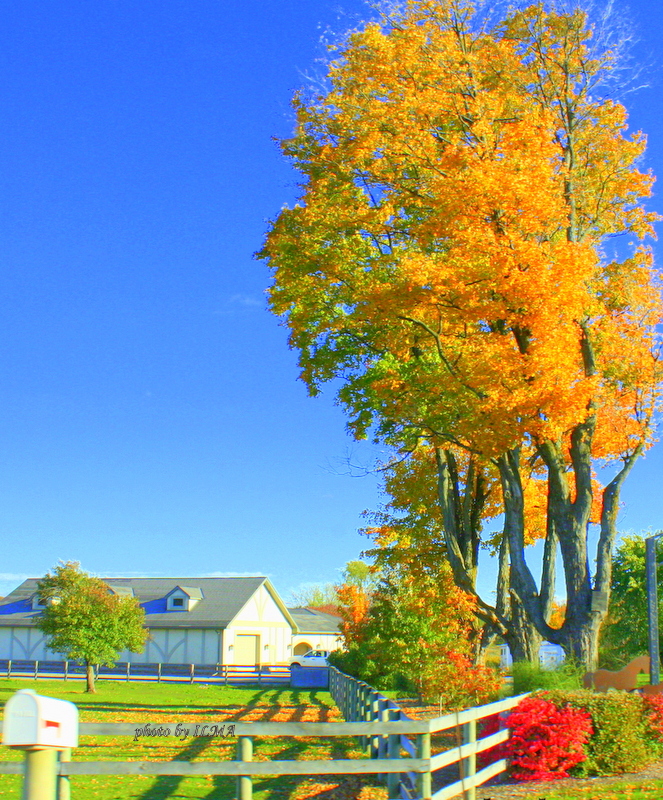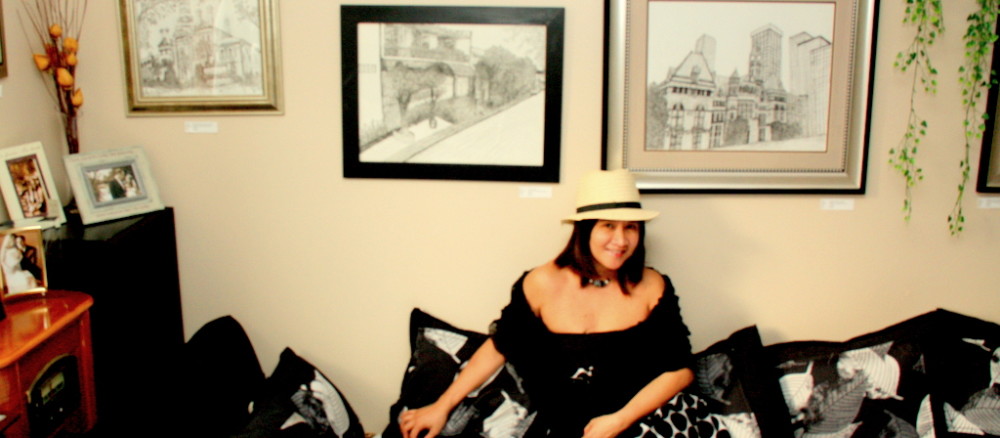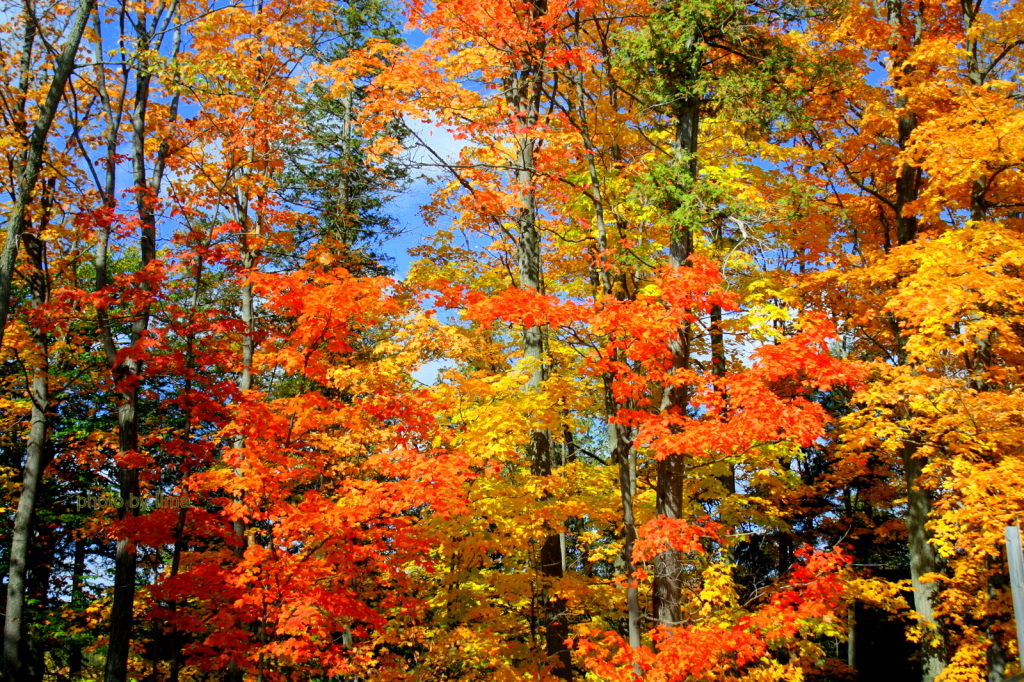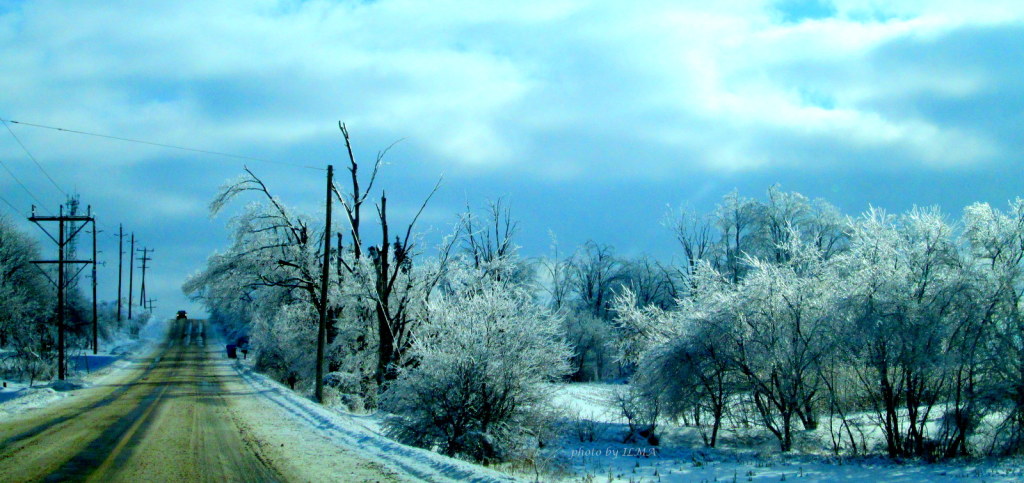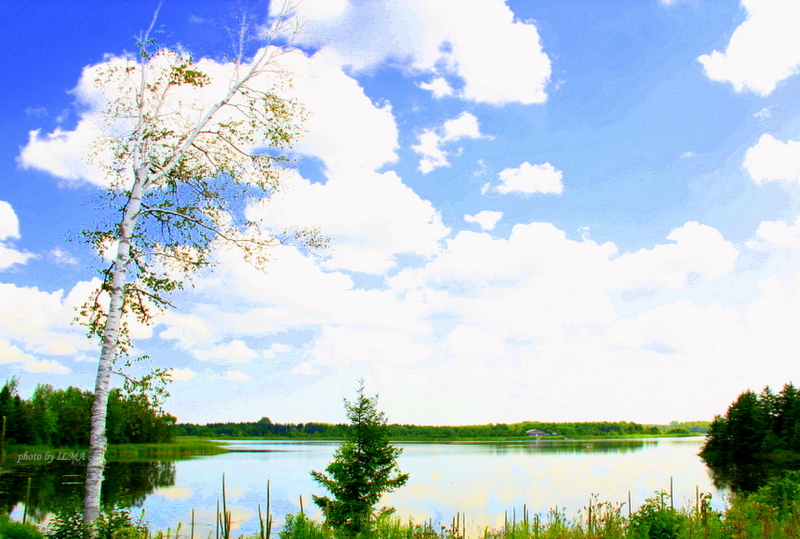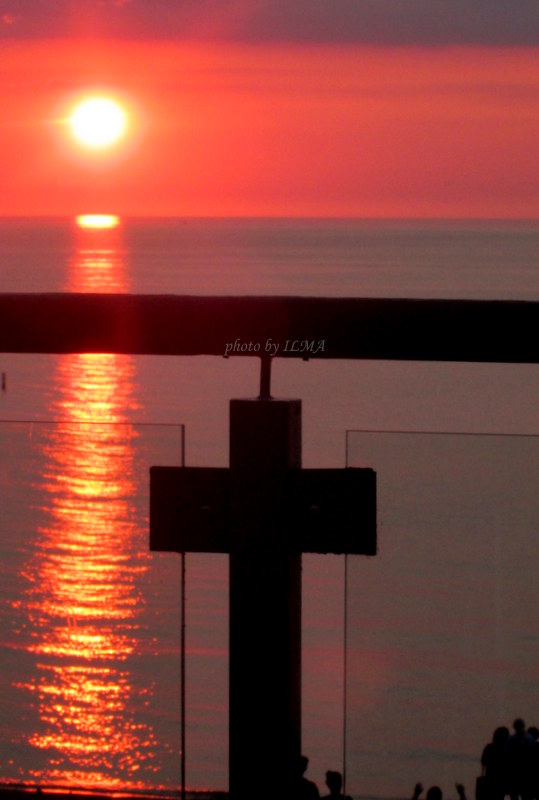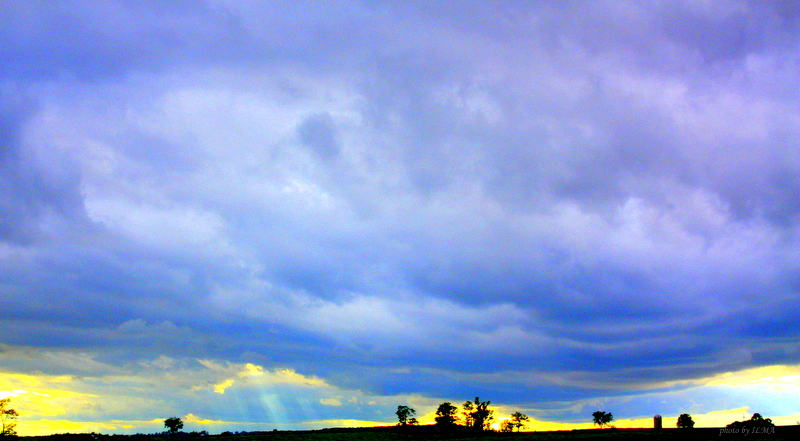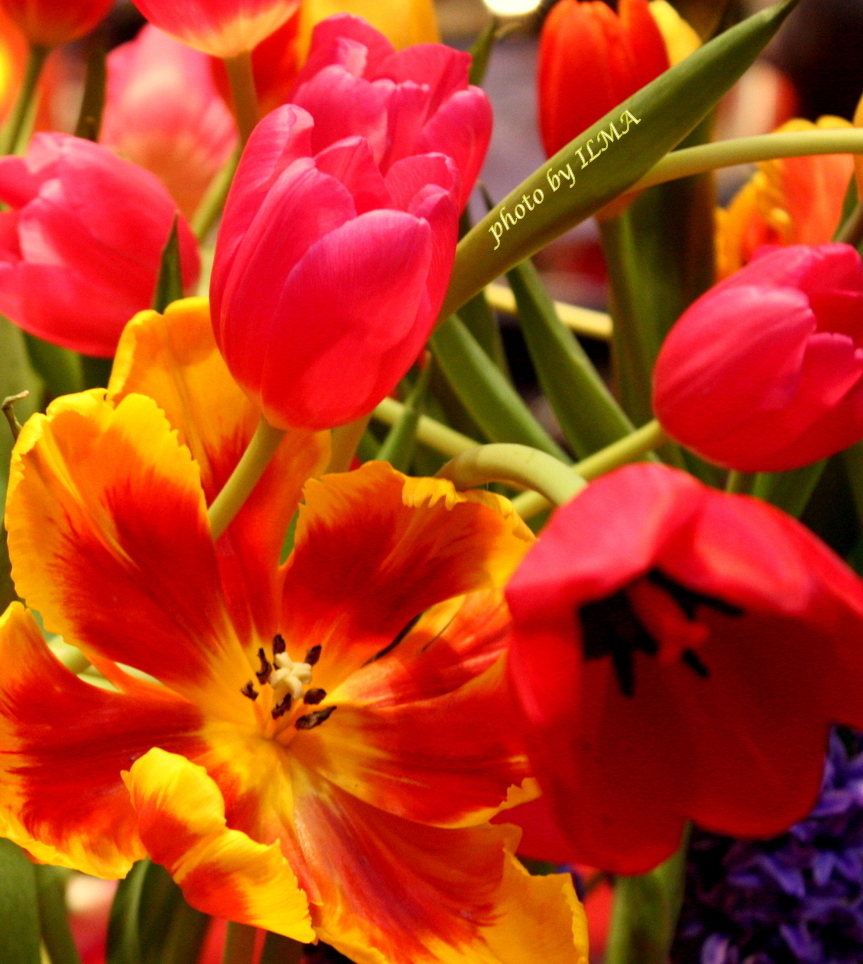PROVERBS 11
19 Whoever is steadfast in righteousness will live, but he who pursues evil will die.
20 Those of crooked heart are an abomination to the Lord,
but those of blameless ways are his delight.
21 Be assured, an evil person will not go unpunished,
but the offspring of the righteous will be delivered.
22 Like a gold ring in a pig’s snout is a beautiful woman without discretion.
23 The desire of the righteous ends only in good, the expectation of the wicked in wrath.
24 One gives freely, yet grows all the richer;
another withholds what he should give, and only suffers want.
– Proverbs 11:19-24
PROVERBS 11 A CROOKED HEART IS AN ABOMINATION TO GOD
A poem by ILMA inspired by these verses
The Lord hates those who do evil, it is a disgrace to him
Those who continue to live in sin will not go unpunished
But those who are devoted to righteousness will be blessed
Their children will receive blessings and be delivered
All those who generously give and extend help to others will prosper
While those who withhold what they have to others will surely suffer.
Many people think they can go on doing wicked things without any consequences, but eventually, they will not go unpunished. Solomon describes how God hates evil in these following verses. It is an abomination to the Lord. Solomon talks about the things that the Lord hates in Proverbs 6:16-18: a proud look, a lying tongue, hands that shed innocent blood, a heart that devises wicked plans, feet that are swift in running to evil, a false witness who speaks lies, and one who sows discord among brethren. Here in verse 20, he sums up all these things God hates as done by people who have a crooked heart.
So, how can one avoid this crooked heart that we all by nature have? Solomon gives us an answer in these following verses. Those who are blameless, pure and seek to pursue righteousness will surely be receiving many blessings and also have deliverance from sin.
REFLECTION
- Can someone who does not know God go against his sinful nature? Why or why not?
